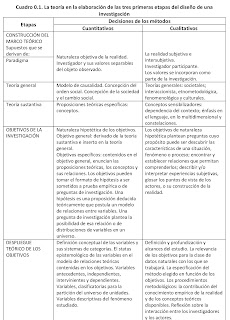ALING, Mike (2013): Digital Cottage Industries, Architectural Design
ALING, Mike
(2013): Digital Cottage Industries, Architectural Design
3
A global
renaissance in cottage industries is currently underway, fuelled by a wide
spectrum of digital communications –from Smart phones to the Internet and,
increasingly, the technologies of virtuality (…) A growing number of products –digital
or otherwise- floating on the pervasive cybermarket are being developed and
distributed form the home.
(…) Up
until the digital age, cottage industries were located on sites disconnected
from industrial and urban centres. Today, however, following William Gibson’s
recent identification of the ‘ageographical and largely unrecognized meta city
that is the Internet’, it is increasingly difficult to identify spaces that are
outside of the urban process.
With the
city/country antinomy ever blurring (a dialectic that the city has come to
dominate), the Digital Cottage Industries project concentrates on the rural
side of the blur as a site for small-scale cottage-industry architectures in
the UK (…) this project advocates various advanced technologies (such as
augmented reality, developments in stereoscopic camera mapping, hypersonic
sound and nanotechnology) as a mechanism to engage with the manifold social
issues present across our rural landscape-as-urban extension. These range from
the erosion of rural communities and erasure of public services to contested
land ownership and public access rights.
4
Dyspastoral
Cinema
The truth of the vision of nature lies in the
way in which it discloses the complacency of the urban celebration; but the
opposite is also true, and the vision of the city exposes everything nostalgic
and impoverished in the embrace of nature
Fredric Jameson (2004)
Cinema
represents landscape in a way that no other media can. The cinematic lens has acclimatized
our viewing of films to one of continual motion, and it is perhaps the relative
stillness of the natural landscape that often comes across as extremely
powerful (…) However, when it comes to utilizing rural environments for
contemporary narratives, the number of films decreases enormously. Furthermore,
pastoral futurology is surprisingly nonexistent in cinema, and the future is
largely depicted through urban environments. We have to look back to
late-19th-century literature to find pastoral narratives by socialist writers
such as William Henry Hudson (A crystal age, 1887), William Morris (News from
nowhere, 1890) and William Dean Howells (A traveler from Altruria, 1894).
There have
been a select number of British independent films produced since the Second
World War that film theorist Peter Hutchings describes as ‘anti-landscape’
cinema, films that relish in the ‘dyspastoral’ as a menas of allegorizing the
ever-challenging urban condition (…)
5
These
dyspastoral films have quite possibly garnered an audience due to the recent
recession, fuelled by an increasing fervor of distrust towards the finance
sector and other negative attributes associated with the late capitalist urban
process (…) Cinema itself, due to represent the dyspastoral, the camera lens
gazing at an inanimate landscape as an unresponsive ‘sublime object’.

Comentarios
Publicar un comentario